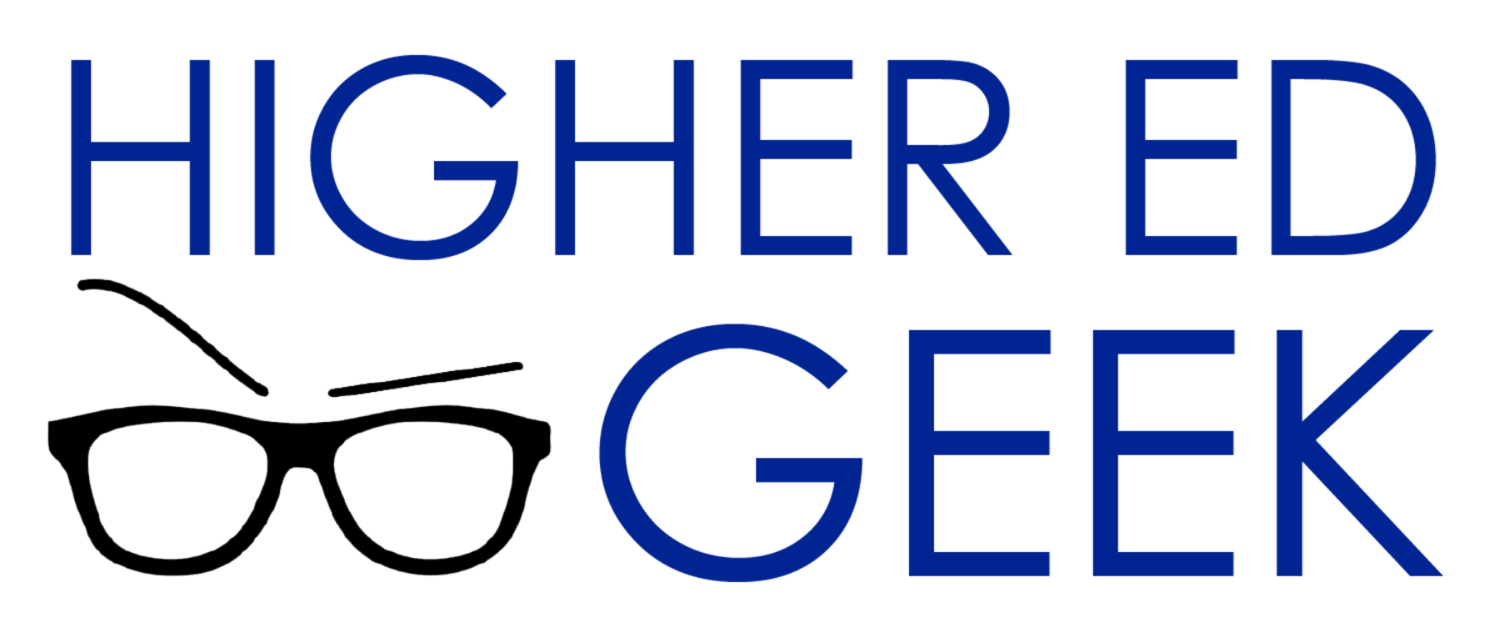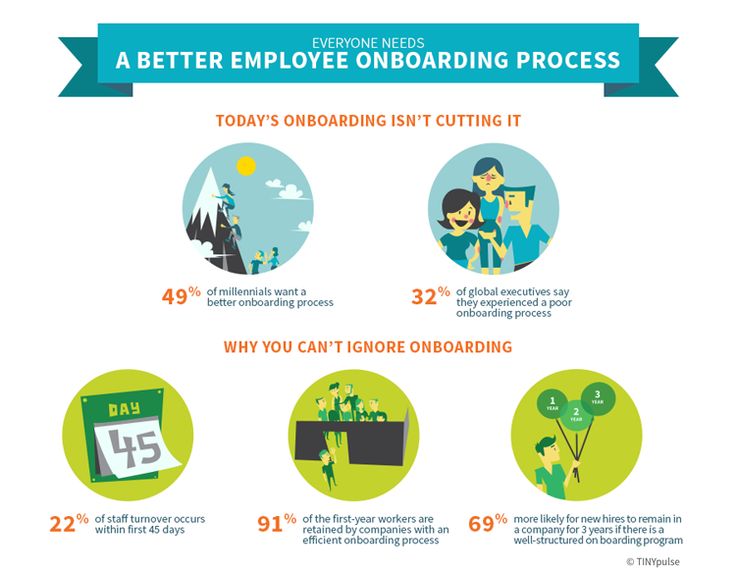Preparing the Perfect On-Boarding for Student Affairs
First impressions are everything, as they say.
Starting a new job is no different. The early days are highly impactful in how they shape your relationship with a new organization, its culture, expectations, and where you fit in.
I'm sure all of us have had less than ideal onboarding processes throughout our careers. I know I have. I was just thrust into a job with literally no training or any sort of warm welcome. I felt isolated and confused about how to navigate the organization and my role in it. Needless to say, I was figuring my way out pretty early on and didn't engage deeply with the work or the institution. They had someone in the role doing the work, but my productivity could have been so much more if I was better supported at the start.
I'll include more resources at the end of this post, but I'll boil down the essence of them all here and you can see what the wisdom of the crowd is.
Plan Ahead
This may seem straightforward, but from my experience and those of others I know, it warrants being said. Give this important time in a new team member's life cycle the attention and thought it deserves. Figure out what you might want to change from previous onboardings (hopefully you have feedback from previous new hires). How are they going to spend their first day? First week? First month? The more you figure out ahead of time will greatly benefit you. Chat with your new hire to figure out what they're going to need too. Which leads me to my next point...
Get Everything Set Up and Prepared
Once you know your plan, put it into action. Set up meetings with important people, get their tech situated, and figure out any other details they might need like parking, office supplies, new furniture in their space. It doesn't give the new hire a good impression to walk in and not have what they need to do their job, make them have to figure things out on their own, or force them to run around getting things set up. It makes it seem like you don't care.
Introduce Them and Show Them Around
Meeting new people can be awkward. Especially when you work with them and don't know how you'll be interacting with them moving forward. Being a sort of "wing-person" to your new hire will help a lot with this. They'll meet with the most important people relevant to their role and get a little context for the relationship. You can also schedule quality time versus time that might feel rushed and need to be focused on other demands.
What Do They Need To Know
Sometimes we go a little overboard with unloading information on a new hire. We think we're benefitting them by giving them every morsel of the institution they could ever possibly need to know. You would be better off trimming off some of the fat and keeping the initial content lean. There is going to be so much to transition to in a new role that if you give too much info, then you'll overwhelm your new team member and stress them out. Dole out info as it is needed and when it is relevant so it exists in context versus just static text or video trainings.
This is just the simple, distilled guidance on this topic. There is so much more to explore and things that would be unique to your institution or the role you're hiring for. Hopefully this at least gets you thinking differently about how you onboard new hires. It's a really important time to make a positive impression and a smooth transition.
Resources:
https://www.higheredjobs.com/articles/articleDisplay.cfm?ID=1022
https://www.inc.com/guides/2010/04/building-an-onboarding-plan.html
https://www.peopleadmin.com/2017/08/onboarding-processes-driving-away-higher-educations-employees/
https://www.humanity.com/blog/employee-onboarding-guide.html


